
Glutathione is often referred to as the “master antioxidant” — known for its role in detoxification, immune support and cellular repair. This naturally occurring compound helps protect the body from oxidative stress, which can contribute to aging, inflammation and various chronic diseases.
In this guide, we’ll break down what glutathione is, what it does, why it matters and how to use it effectively so you can make choices that support your well-being.
What is Glutathione?
Glutathione is an antioxidant that the body naturally produces using three amino acids: glutamine, glycine and cysteine. It helps protect cells from damage by neutralizing harmful molecules, supports the immune system by aiding white blood cell function and helps detoxify the liver. It also helps keep cells healthy by reducing damage from harmful molecules and supporting the body’s ability to produce energy.
Natural Sources and Production
While your body makes glutathione on its own, certain foods can help boost its levels:
- Sulfur-rich foods, such as broccoli, Brussels sprouts, cauliflower, kale, garlic and onions, provide essential sulfur compounds that support natural glutathione production.
- Antioxidant-rich fruits help reduce oxidative stress and maintain healthy glutathione levels. Avocados, berries and citrus fruits provide antioxidants that help protect cells and support glutathione function.
- Protein sources like whey protein, lean meats (chicken, turkey, beef) and eggs supply the essential amino acids needed for glutathione synthesis.
Top 7 Benefits of Glutathione

1. Detoxifies the Liver and Removes Toxins
Glutathione binds to toxins, heavy metals and harmful substances, making them easier for the body to eliminate. This detoxification process supports overall health and helps prevent liver damage from pollutants, medications and alcohol.
2. Boosts Immune System Function
A strong immune system relies on optimal glutathione levels. It enhances white blood cell activity, supports the production of antibodies and helps regulate inflammation, allowing the body to fight infections and illnesses.
3. Promotes Healthy, Glowing Skin
Glutathione is widely used for its skin-brightening properties. By reducing oxidative stress and combating free radicals, it helps improve skin clarity, reduce hyperpigmentation and maintain a youthful glow.
4. Reduces Oxidative Stress and Supports Anti-Aging
As a powerful antioxidant, glutathione neutralizes free radicals that contribute to aging and cellular damage. Maintaining high levels can help reduce wrinkles, fine lines and other signs of premature aging while supporting overall skin health.
Even celebrities like Hailey Bieber and Kendall Jenner are known for getting intravenous infusions of antioxidants to help refresh their skin. And one of the secret ingredients in this infusion is glutathione, which is valued for its ability to brighten and rejuvenate the complexion.
5. May Improve Energy Levels and Athletic Performance
Glutathione supports mitochondrial function, which is essential for producing energy at the cellular level. Higher glutathione levels may help reduce muscle fatigue, enhance recovery and improve endurance, making it beneficial for athletes and active individuals.
6. Potential Role in Managing Chronic Illnesses
Research suggests that glutathione may play a supportive role in managing conditions like diabetes, Parkinson’s disease and autoimmune disorders due to its antioxidant and detoxifying properties. By reducing oxidative stress and inflammation, it helps protect cells from damage and supports overall health.
7. Plays a Role in Heart Health
Glutathione supports cardiovascular health by reducing oxidative stress and helping maintain healthy blood vessels. It assists in lowering blood pressure, preventing plaque buildup in arteries and improving circulation, all of which contribute to a healthier heart.
How To Take Glutathione
Glutathione is available in several forms, each with different absorption rates:
Daily Dosage and Forms
- Oral supplements provide a convenient way to increase glutathione levels, though absorption may be lower than other forms.
- Intravenous (IV) therapy delivers glutathione directly into the bloodstream for maximum absorption.
- Sublingual or liquid forms absorbed through mucous membranes in the mouth, particularly under the tongue and along the cheeks, allow for faster and more efficient absorption compared to standard capsules.
- Topical applications are used primarily for skin benefits but may not significantly affect overall glutathione levels.
Best Times To Take Glutathione
- Before meals: Improve absorption by taking glutathione on an empty stomach at least 30 minutes before eating.
- With vitamin C: Pair glutathione with vitamin C to help convert it back to its active form to its active form, allowing it to maintain its antioxidant function for longer. This combination enhances glutathione’s ability to neutralize free radicals, support immune function and promote overall cellular health.
- Post-workout: Reduce oxidative stress and muscle fatigue after exercise to support faster recovery and sustained performance.
Glutathione can be a powerful addition to your routine, but individual needs may vary. Ask your doctor if glutathione is right for you to ensure it aligns with your health goals and any existing conditions. They can also help determine the best dosage and form for your needs.
Best Ways To Use Glutathione Over Time
Since individual needs vary, it’s best to consult your doctor to determine the right frequency and approach for you.
- Continuous use: For those with chronic oxidative stress or specific medical needs, maintain consistent antioxidant supplementation.
- Intermittent cycling: Take glutathione for a few months, followed by a break, to encourage the body’s natural production.
- Precursor combination: N-acetylcysteine (NAC) and alpha-lipoic acid (ALA) your body produces and maintains glutathione. NAC provides cysteine, a key ingredient your body needs to make glutathione, while ALA helps recycle it so it stays active longer. Taking these along with glutathione can support long-term antioxidant levels, especially if you want to help your body produce more naturally.
Practical Tips for Glutathione Use
Common Mistakes To Avoid
- Taking glutathione with heavy meals: Large meals can slow digestion and compete with glutathione for absorption, reducing its effect. Since glutathione is sensitive to digestive enzymes and stomach acid, taking it on an empty stomach allows for better uptake and utilization by the body.
- Expecting instant results: Glutathione levels don’t increase overnight. It works gradually by supporting detoxification, reducing oxidative stress and improving cellular health. Consistent use over time allows these benefits to build up and become more noticeable.
- Ignoring other antioxidants: Glutathione works best when combined with supporting nutrients like vitamin C and selenium. Vitamin C helps regenerate glutathione, keeping it active in the body, while selenium is essential for the production of glutathione peroxidase, an enzyme that enhances its antioxidant effects. Without these key nutrients, glutathione may not function as efficiently.
Pairing Glutathione with Other Nutrients
- Vitamin C: Helps regenerate glutathione and enhances its antioxidant effects.
- N-acetylcysteine (NAC): A precursor that supports natural glutathione production in the body.
- Alpha-lipoic acid (ALA): Works with glutathione to combat oxidative stress and support mitochondrial health.
As with any form of medication, it’s best to consult your doctor to ensure it’s right for your individual needs and health conditions.
Supporting Your Body’s Natural Glutathione Levels
Incorporating Glutathione-Rich Foods
Eating a nutrient-rich diet is one of the best ways to support glutathione production. Foods like cruciferous vegetables (broccoli, kale, brussels sprouts), sulfur-rich options like garlic and onions, and antioxidant-packed fruits like avocados and spinach all contribute to maintaining optimal levels.
Healthy Lifestyle Habits
Your daily habits can impact your body’s ability to maintain glutathione levels. Regular exercise, quality sleep and effective stress management help reduce oxidative stress and support natural antioxidant production. Avoiding processed foods, smoking and excessive alcohol consumption also helps preserve glutathione stores.
Role of Supplements and Injections
For those needing additional support, glutathione supplements or injections may be beneficial. Oral supplements can help maintain levels over time, while IV therapy provides a direct boost for individuals with higher oxidative stress. Pairing glutathione with supporting nutrients like vitamin C and N-acetylcysteine can further enhance its results.
Before starting any supplementation or injections, consult your doctor to determine the best approach for your individual health needs. By combining a balanced diet, healthy habits and targeted supplementation, you can naturally support and maintain optimal glutathione levels for long-term health and wellness.
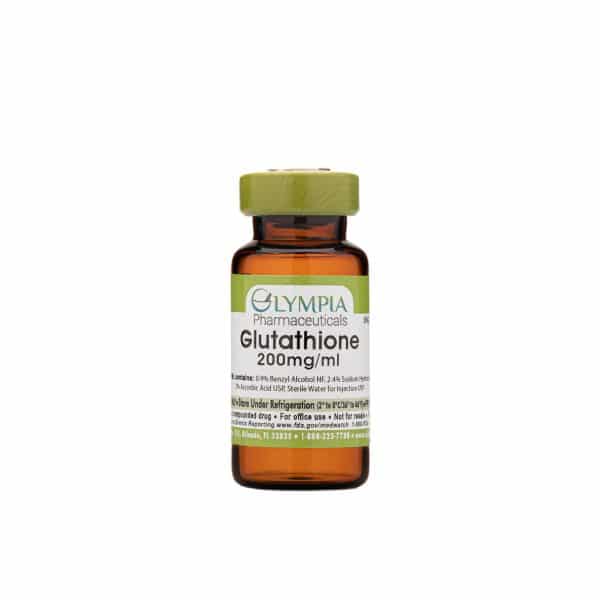
Find the Best Glutathione Option for Your Health Goals
Take the first step toward your health goals by exploring Olympia Pharmaceuticals’ glutathione IV therapy. Remember, it’s essential to consult your healthcare provider to determine the best option for your needs before getting started.











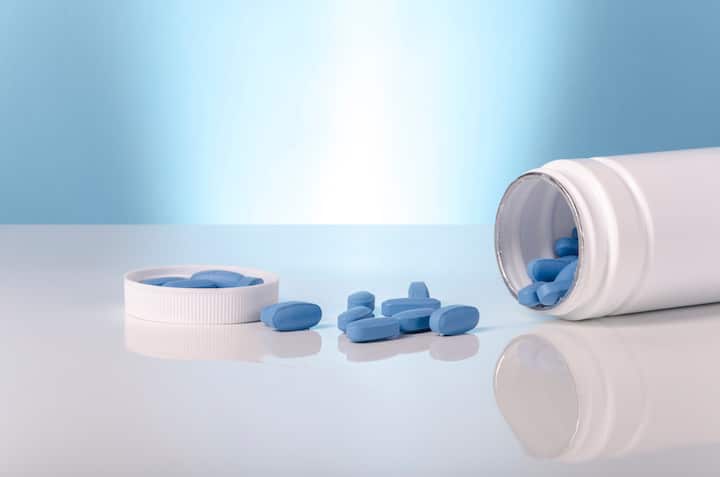
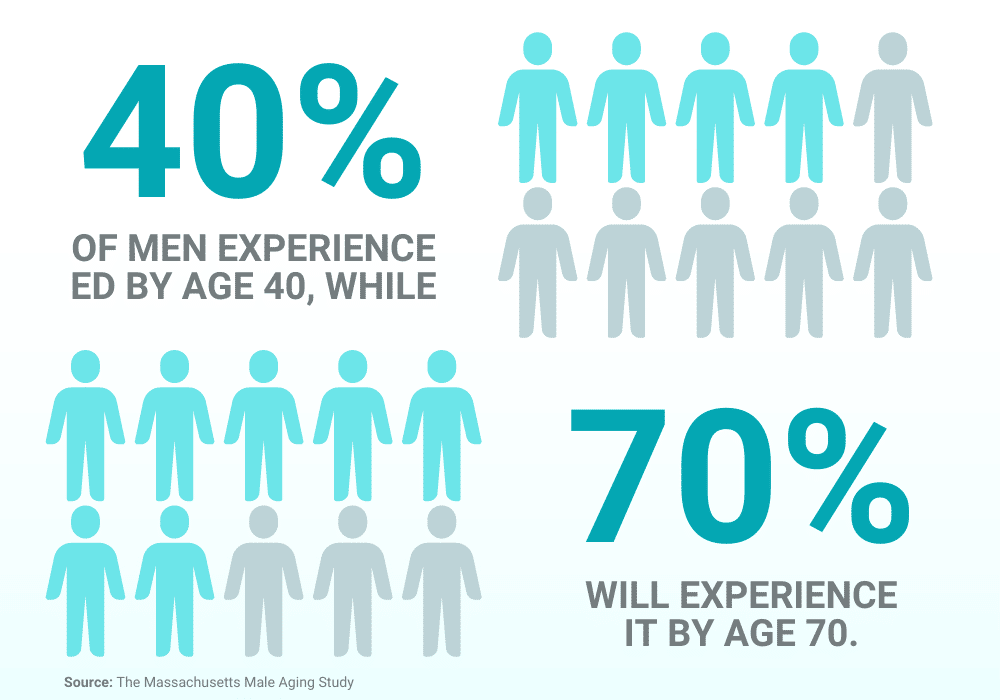
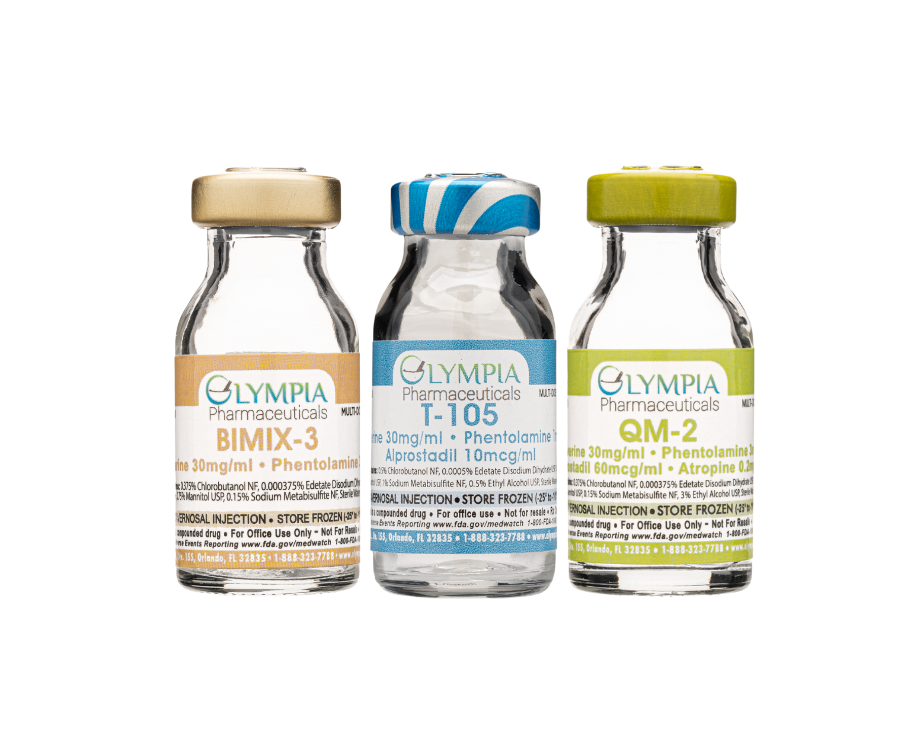
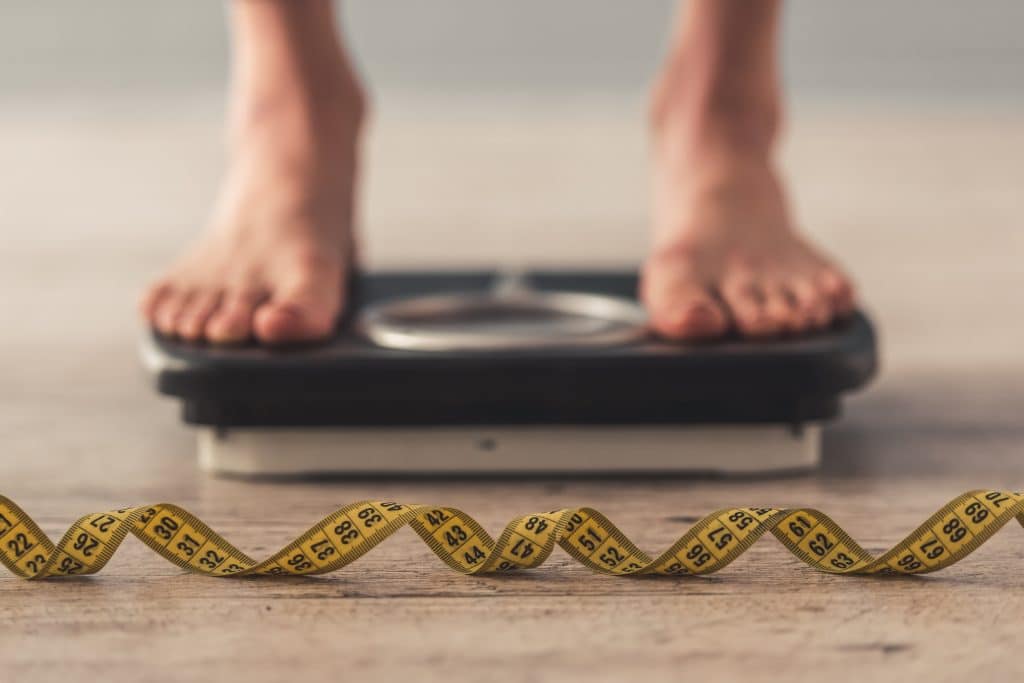

















 L-Taurine helps support normal brain activity, keeping the neurons in the brain healthy and functioning properly. Studies have shown that it helps protect against neurological disorders such as Alzheimer’s disease, Parkinson’s disease, and dementia. It may also help improve memory and cognitive function.
L-Taurine helps support normal brain activity, keeping the neurons in the brain healthy and functioning properly. Studies have shown that it helps protect against neurological disorders such as Alzheimer’s disease, Parkinson’s disease, and dementia. It may also help improve memory and cognitive function.
